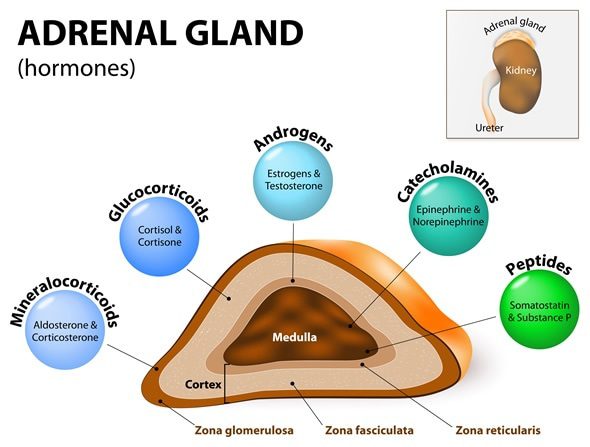PPGL
Pheochromocytoma and Paraganglioma.
Pheochromocytoma and Paraganglioma (PPGL) is associated with Neuroendocrine Tumours of the adrenal glands (Pheochromocytoma) and / or paraganglia (Paraganglioma).
The central part of an adrenal gland, the medulla, is responsible for producing catecholamines -which are hormones that include epinephrine and norepinephrine (adrenaline and noradrenaline) – our fight or flight hormones.
Paraganglia are cells or nerve-like structures that form part of the Neuroendocrine System, found close to blood vessels and nerves. Paraganglia sense certain balances in the body including carbon dioxide and oxygen concentrations in the blood and play a role in maintaining normal breathing and heart functions.
Pheochromocytoma and Paragangliomas can produce excess amounts of catecholamines, which in normal health are released when we are under physical or emotional stress. When catecholamine levels are too high this can result headaches, dizziness, facial paleness (pallor), excessive sweating, racing heart rate (palpitations), panic attacks/ sense of doom, anxiety, weight loss, heat intolerance, high (and rarely low) blood pressure (sustained or episodic), nausea (with or without vomiting), breathlessness, depression and / or lethargy.
In rare circumstances PPGL may have a familial link.

